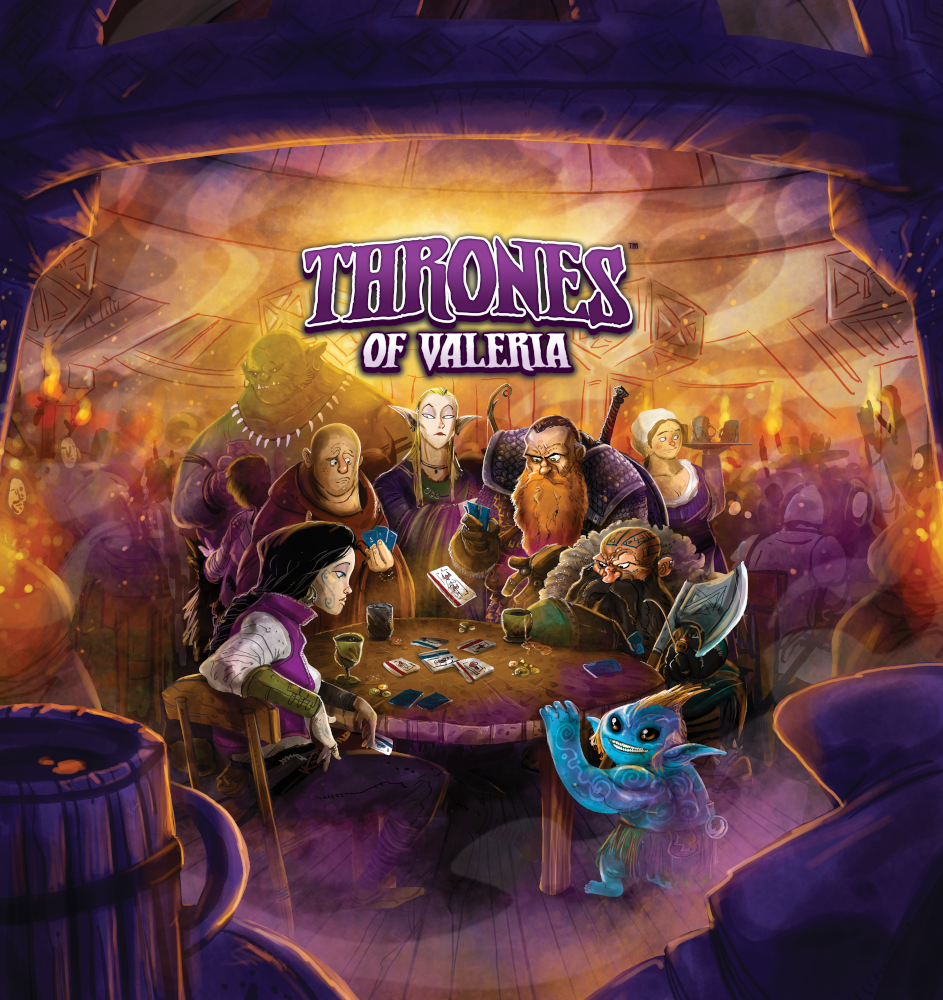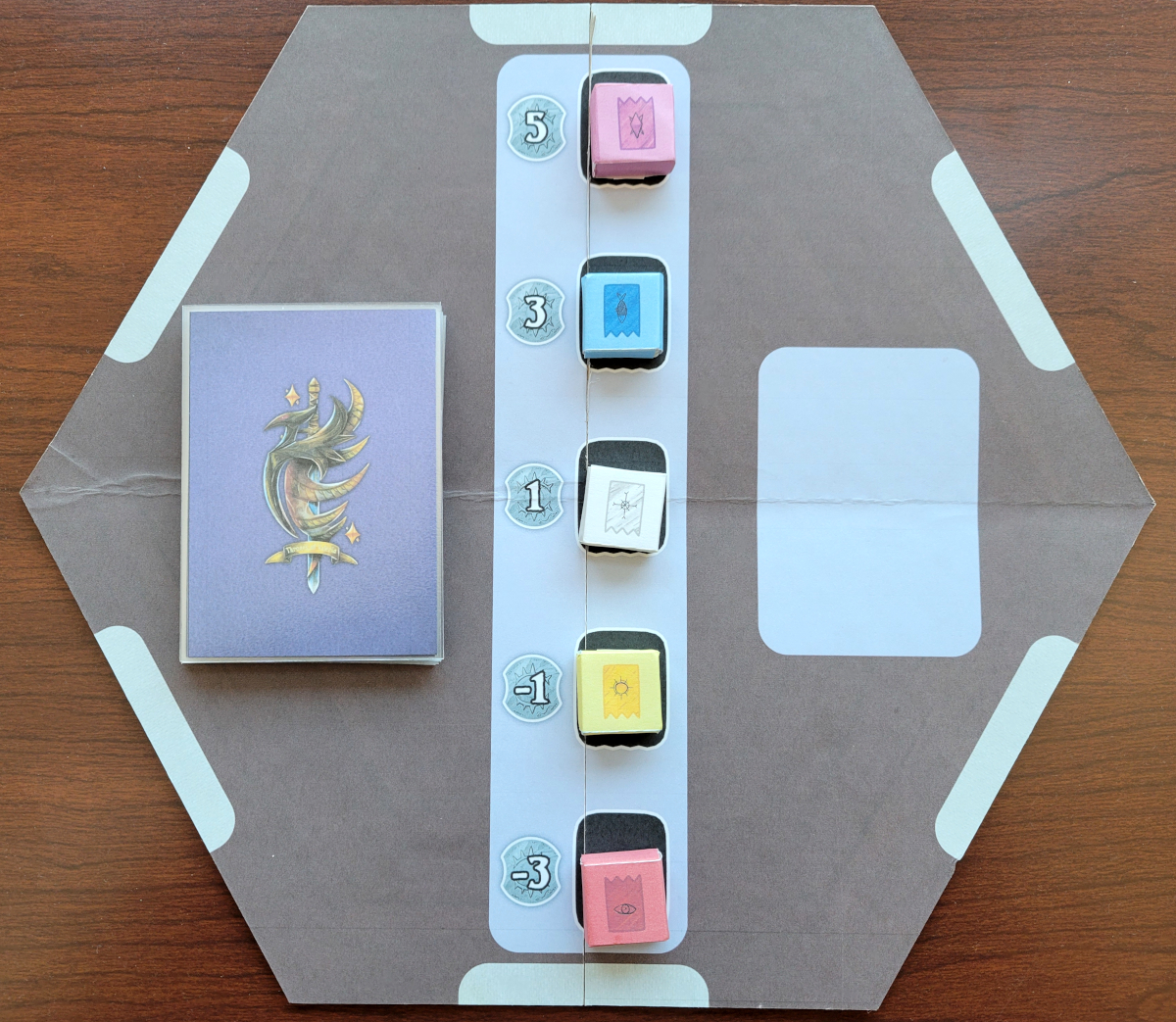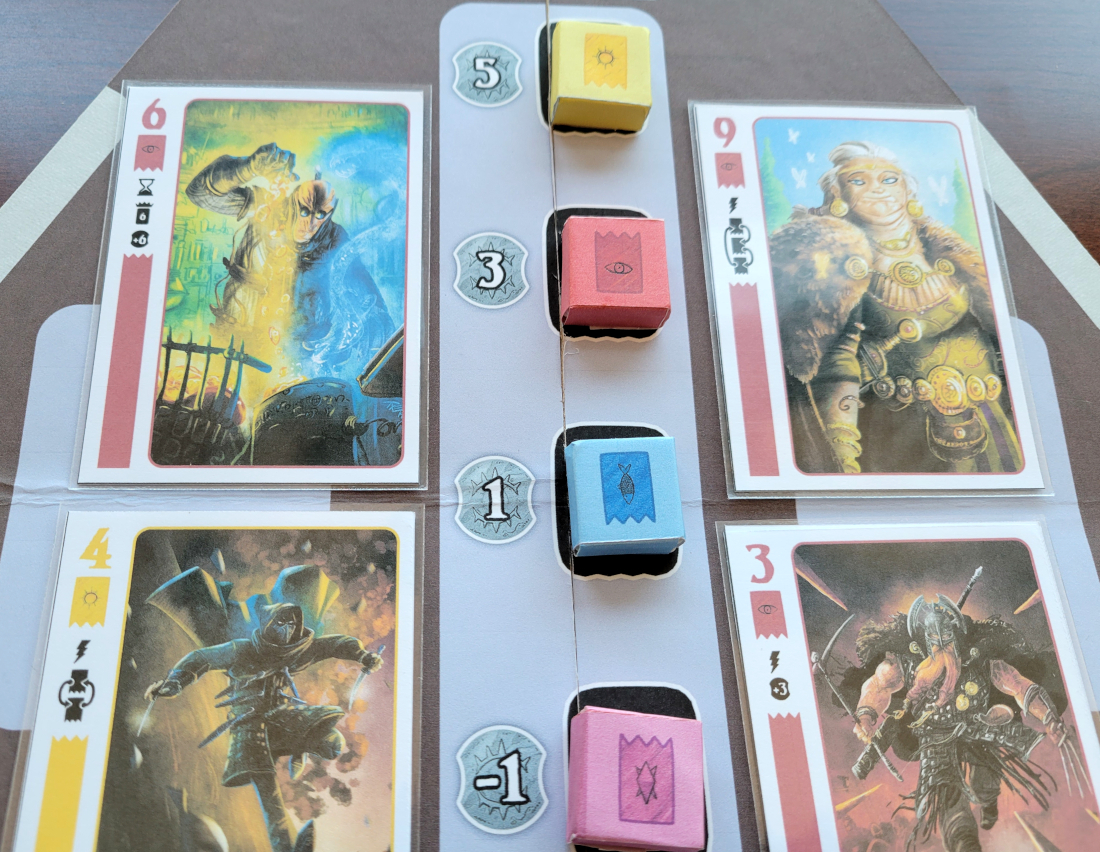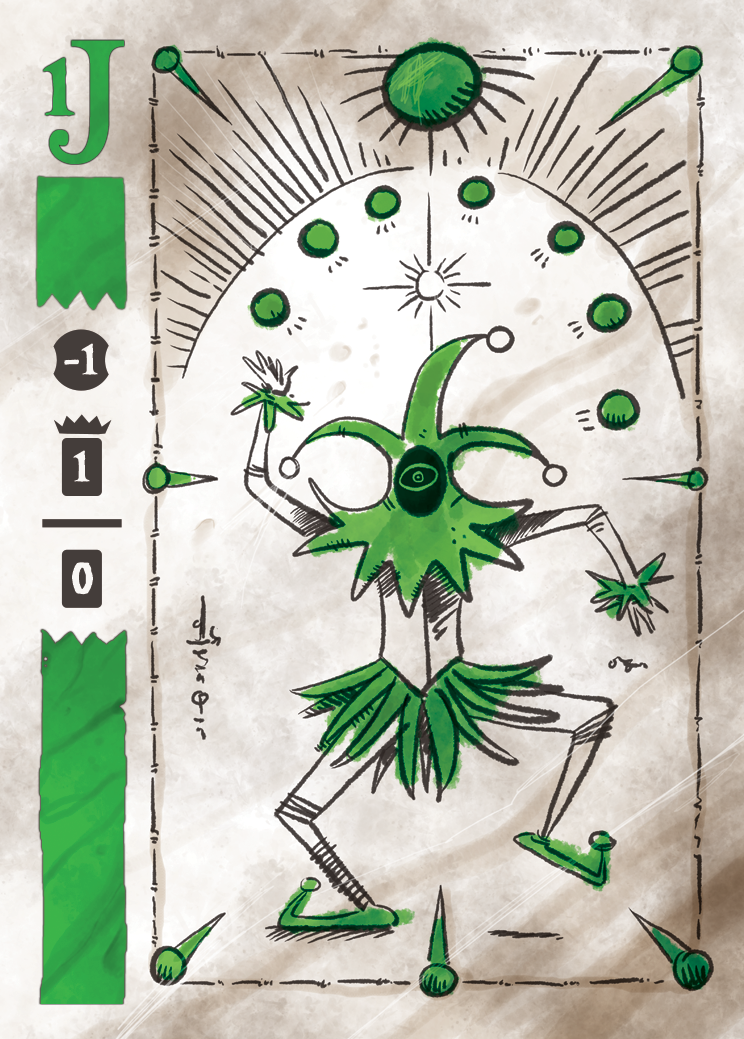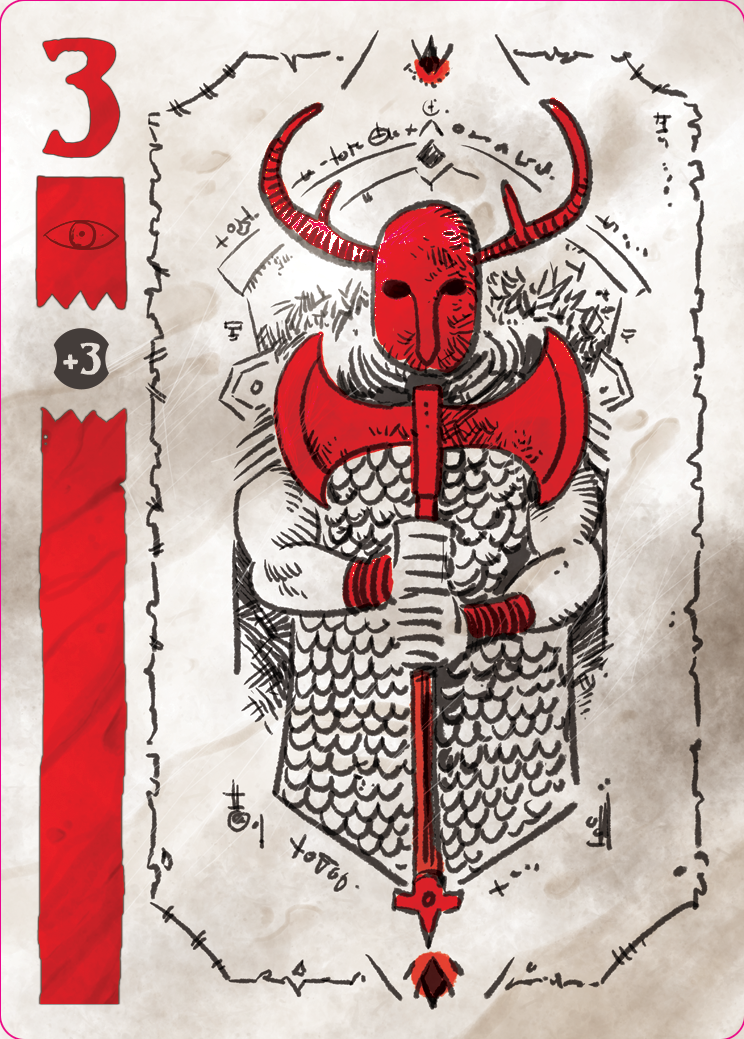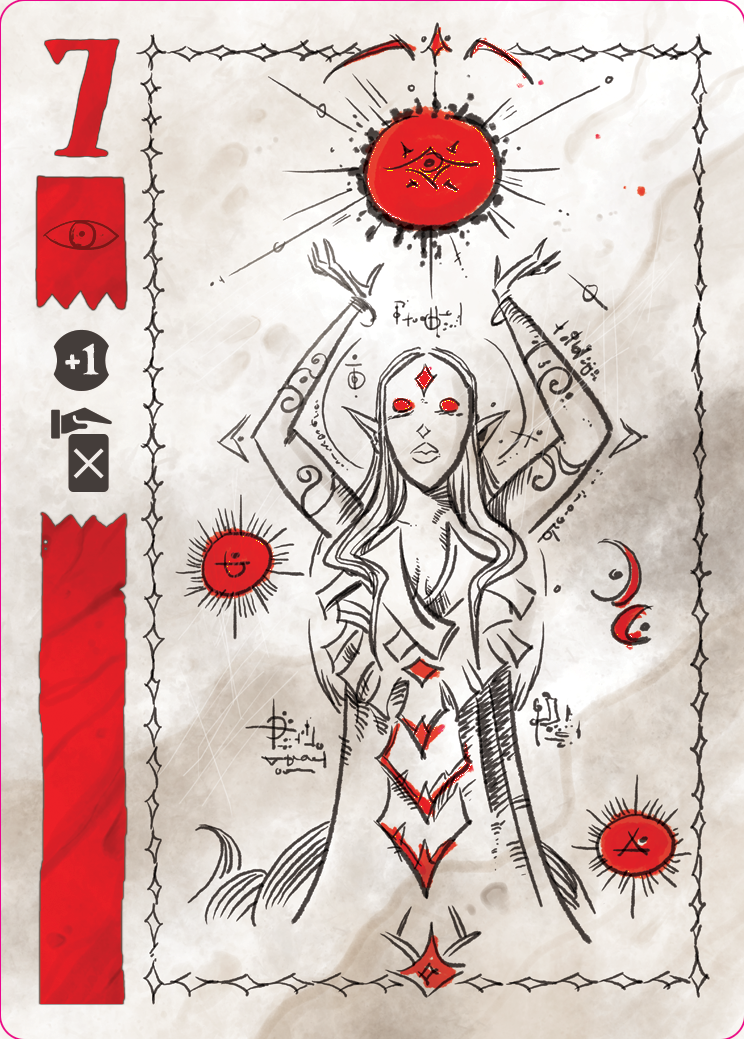If you were going to be stranded on a deserted island, which items would you bring?
It is one of the most ubiquitous thought experiments in existence – so much so that nearly everyone at some point is inexorably asked a variation of this open-ended quandary. How the question is tailored varies wildly, with all sorts of riders, restrictions, and other response criteria ranging from the pragmatic to the farcical. The overall intent, however, remains the same, as the most interesting part about the exercise isn’t in how it’s asked but the answers people provide. How a person answers such a question can provide key insight into their mindset as it explores their use of both critical and creative thinking towards problem solving the given scenario.
Even more enlightening are the versions of the deserted island question which ask you to bring an item that isn’t about pure survival, offering a more focused glimpse into an individual’s priorities in such a hypothetical situation. Answers to this variation are particularly wide-ranging, from the practical to the deeply personal.
One of the more common responses? A deck of simple playing cards.
It makes sense. Playing cards can be used alone or with other potential survivors, don’t require energy to function, and are incredibly easy to both transport and store. But perhaps most importantly, the amount of gaming potential that exists with a basic 52 card deck is staggering. It need not just be endless weeks of Solitaire or decimating Wilson at Gin Rummy. The number of known playable games are in the hundreds, which says nothing of the possibility of inventing your own while you’re going nowhere fast.
And, really, that is how the vast majority of playing card games have come into being throughout history. For more than 1,000 years people with downtime have taken an existing card game concept and tinkered with it enough to become another game entirely.
Yet as playing card games have evolved over time and region, the vast majority fall into two categories: gambling games, such as poker, and trick-taking games. Trick-taking games in particular have been a gaming staple for centuries. The hallmark features of we think of as trick-takers can be found as early as the 15th century with the game Triomphe, which in time ushered in titles like Euchre and Whist. They in turn gave rise to virtually every modern classic trick-taking game you can think of.
Despite them not garnering the same level of attention among modern board gaming as other genres, trick-taking is as vibrant as ever, with designers continually expanding the core concept well beyond the confines of basic playing cards and into whole new avenues of iterative enjoyment.
It is in the spirit of that grand tradition which brings us to the newest addition to the fold, with the lightweight Thrones of Valeria.
Part of a trio of new titles set in Daily Magic Games’ ever-growing stable of games centered in their homegrown world of Valeria, Thrones of Valeria is a lightweight trick-taking game for 2-6 players and conceptually revolves around an in-world game created about the feuding great houses of that world’s distant past. (Yes, it gets a little meta, but don’t worry about it.) While the majority of the game’s trick-taking DNA will be familiar territory to anyone who has tried one before, Thrones of Valeria combines two particular features which assuredly helps set it apart from its myriad brethren: special powers…and a board.
Yes, this tricker-has a board. A small but important board to the outcome of each trick and to the game in general. This board, in fact:
While somewhat unassuming, this Standings Board manages the highly volatile sociopolitical standings of the kingdom’s 5 most important royal houses at the time, each represented by a token containing its sigil and color. During setup these houses are seeded randomly on the board’s track, stipulating, presumably, their current status at that moment in time. More importantly, however, is that the relative order of these houses has a key and vital impact on your chances of winning tricks throughout the game.
Thrones of Valeria begins, as you might expect, with a deck of cards. The game comes with a 48-card deck broken down into five suits (the great houses) ranging in value from 1-9, plus 3 Jesters. Each player is dealt between 7 and 13 cards, depending on the player count, with the smattering handful of remaining cards left over as a draw pile. A perfect information game this is not.
The game takes place over just two rounds of identical gameplay, with each operating – on the surface – in that quintessentially alluring trick-taking manner. The player possessing the highest valued card of the house color atop the Standings Board takes the first turn and leads by playing a card from any of the five suits. In typical fashion, in turn order if a player can play a card of that color, they must. Otherwise, they may play any card they wish. The winner of that turn (the “trick”) then leads the next one. This continues until someone’s hand is empty, at which point the round ends.
This basic framework ensures, at least rules-wise, that Thrones of Valeria is a commendably accessible and concise trick-taking game.
What it doesn’t mean is that its gameplay is conventional. This is especially borne out when determining the winner of a trick.
In most trick-taking games, the winner of a hand is either the person with the highest valued card of the suit that was led, or alternatively, the highest valued card of someone playing a “trump” suit – a suit deemed more valuable than the rest through a method stipulated by the game. Thrones of Valeria, by contrast, does not have a set trump suit for the entire round. Instead, suits possess a Bridge-like relative ranked worth as stipulated by the Standings Board.
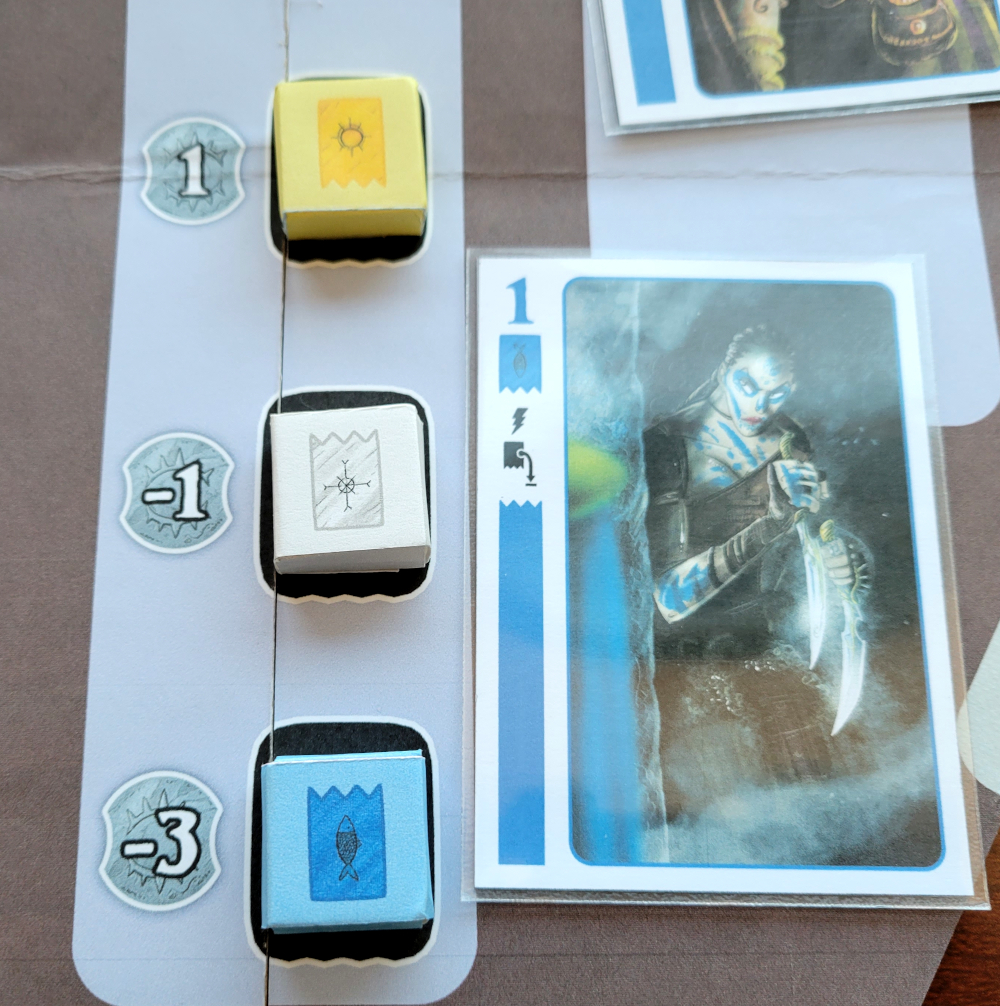
The Assassin drops a suit’s rank to the bottom – which can be both fun for you and costly for an opponent…
Prototype Shown
Not only does this effectively mean it’s possible for you to win tricks simply by playing an off-suit color that’s higher on the Standings Board than what was initially led, but this understanding is paramount to properly navigating the game’s highly fluid (and sometimes even chaotic-feeling) game state.
This is further evidenced by the fact that the color used to win a trick can also work against you. Unlike your boiler plate trick-taker, Thrones of Valeria is not won by accumulating points. Rather, you win by having the most money at the end of the second round. Winning a trick using one of the top three colors on the Standings Board generates you money, whereas winning using the bottom two colors actually costs you. The end result ultimately being that the relative strength and usefulness of the cards in your hand is continually changing throughout the round.
The one exception to all this are the game’s three Jester cards. Alone, these cards have a value of 0. However, if you pay their palm-greasing activation cost when played (1-3 coins depending on which you have), they instead operate as a ‘super trump’ card which can only be potentially bested by other Jesters and provide a fixed monetary reward if you win the trick.
All of this alone is enough to have direct influence on the decisions and strategies you might use throughout the round. However, it is but one half of the factors at play. The real beating heart of Thrones of Valeria is with the cards themselves. For in addition to having numerical and color values, every numbered card in the game has a corresponding action power that must be resolved when played. It is not optional. Each of these special abilities differs slightly in effect, but nearly all of them either gives you money or manipulates the rankings of the suits on the Standings Board in real time, with a pair allowing you to draw or discard a card, respectively.
The practical consequence of these special powers is twofold. First, Thrones of Valeria is unquestionably prone to unpredictable turn outcomes. Because the winning suit can (and frequently does) change mid-trick, turns can be both exhilarating and bewildering. Compared to the mechanical rigor of classic trick-taking games, the inclusion of cards that allow you to actively manipulate which suit is winning can paradoxically both offer a player more agency, such as in trying to decide which card to play based on both its value and abilities, and less agency, such as being forced to follow suit with a card effect you don’t want to use or experiencing how easy it can be to disrupt the person leading the trick.
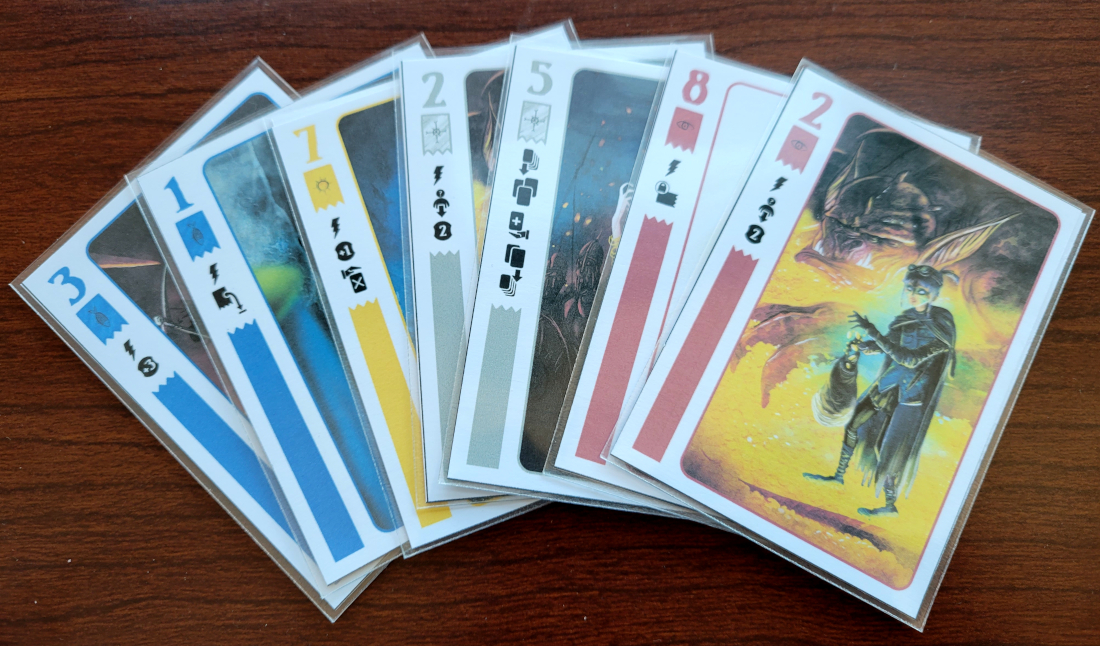
Depending on your hand, you may be forced to play card abilities when you may not want to (i.e. Yellow) – or you may have the freedom to play anything (i.e. Pink).
Prototype Shown
This sensation is diminished slightly at player counts of 4 or more due to having smaller hand sizes and particularly when playing in teams, but generally speaking, the more control you have over which cards you wish to play for their abilities, the less predictable the outcome of the trick. As a result, Thrones of Valeria is more random than the typical trick-taker.
Secondly, the need to resolve every card played mildly slows the game’s pacing down. While this does disrupt the cherished elegance of snappy turns the genre is known for, the tradeoff is a more creative experience that, thanks to its variety of abilities, largely alleviates the issue of being left beholden to a bad hand. Thrones also strikes the right balance between card effects and the general flow of the game by wisely keeping the number of different effects relatively low and the effects themselves fairly basic. This progresses the game along, avoids it getting bogged down in card-playing minutia, and (mostly) maintains the focus on its core trick-taking identity.
Although trick-taking games with special powers are not wholly unique (e.g. Trickster, Chronicle), they are far from the default. Part of this is because, by their very nature, they disrupt the normal flow of how tricks work, increasing randomness, variance, and even the length of the game. Part of this is also because it’s difficult to design one that offers new powers and choices without entirely stripping away the genre’s inherent simple-yet-strategic card playing elegance.
Thrones of Valeria largely succeeds at threading that needle. Despite all its flair of powers and a tracking board, the crux of Thrones of Valeria is comfortably familiar and straightforward – if just a bit more unpredictable. With decent abstracted artwork, clear iconography, decent team play, and a compellingly erratic board state, Thrones of Valeria makes for an engaging trick-taking experience that asks you to embrace the added instability – and then promptly rewards you for it. Ideally with lots and lots of coins. While trick-taking diehards may not love this one due to the added variance, Thrones of Valeria should find appeal with gamers wishing to periodically shake up the standard trick-taking formula or simply those seeking a lightweight card game where one’s fate isn’t with the cards you’re dealt as much as it is with how you use them.
If this sounds like the like of card game that’s worth your coinage , then grab some silver and head on down to your nearest Valerian tavern. Or, barring that, head on over to its Kickstarter!
Photo Credits: Thrones of Valeria cover and artwork by Daily Magic Games.

